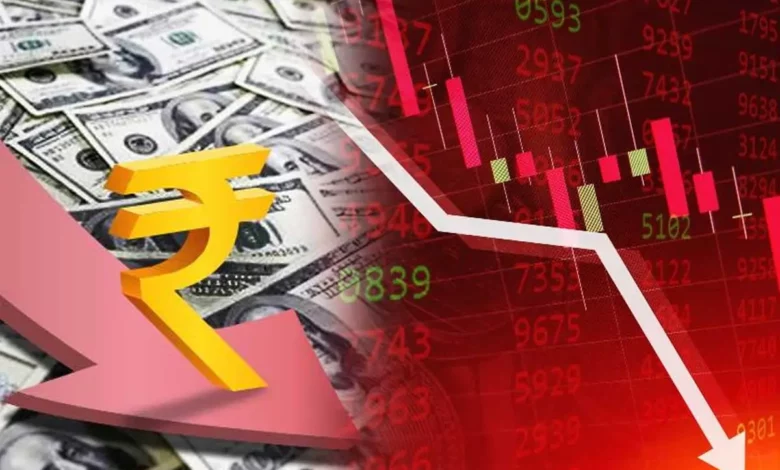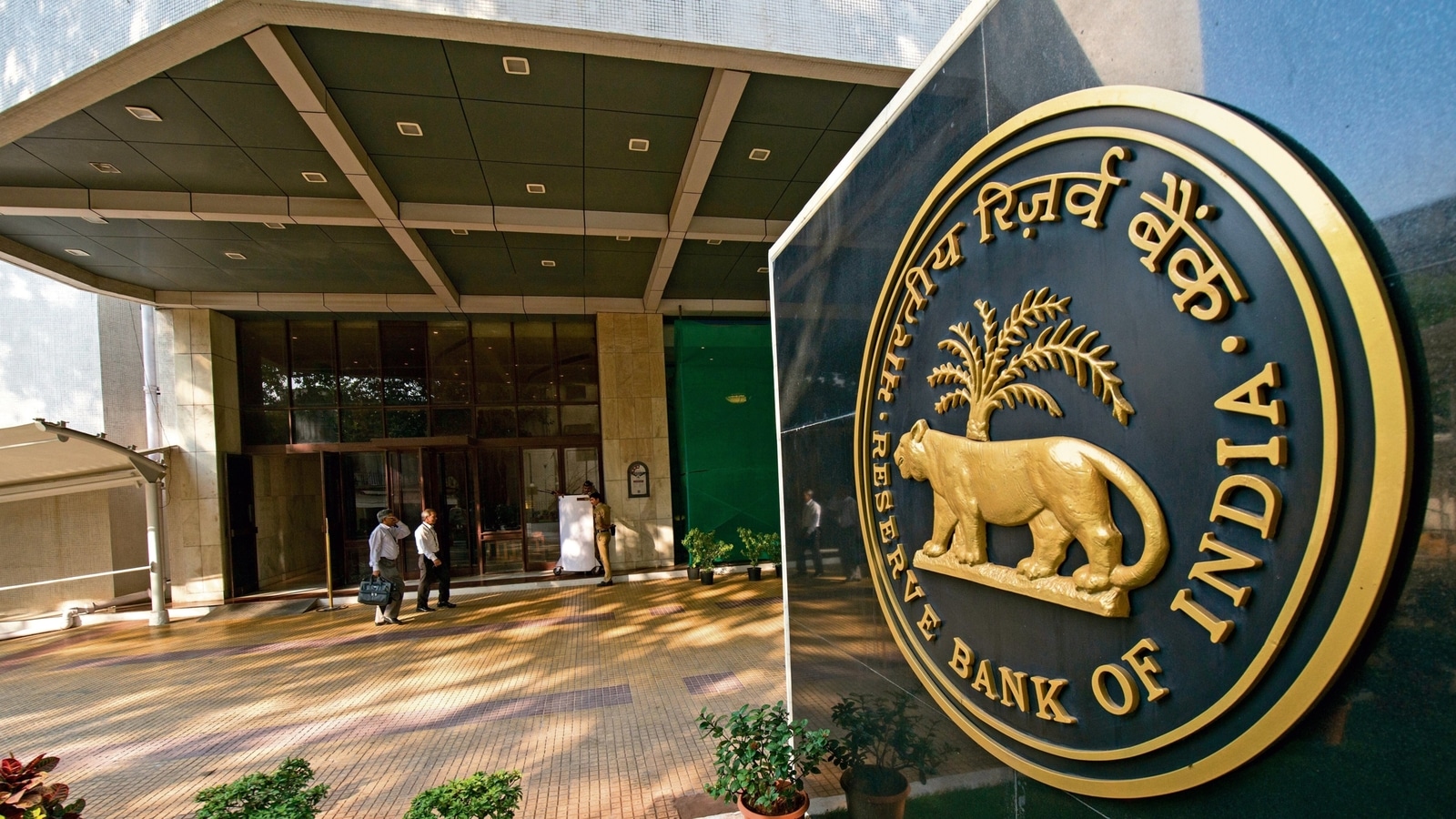Indian Rupee plummets to record low of 81 as dollar strength goes up

On Friday, the Indian Rupee hit a new all-time low, breaching the 81 to the dollar mark, signaling ballooning inflation levels. The session opened at 81.09 per dollar and slipped early in the day to 81.23, ending the day at 80.98, down 19 paise from levels on Thursday.

A harsh U.S. outlook on federal policies along with stringent interest rate policies, and a lack of motivation by the Reserve Bank of India to intervene in the matter has contributed to the domestic currency going through its sharpest single-day percentage decline after February of the previous session.
The currency has seen a continual downwards trend mostly as a result of international events, with multi-year peaks in both the 10-year and 2-year U.S. Treasury yields, which is currently seeing its highest yields in over a decade at 3.9% and 4.16% respectively.
Global inflation and the rising value of the dollar along with a massive rate hike on September 21 have made global forex markets extremely volatile. The current geopolitical tensions between Russia and Ukraine, along with rate hikes by the Bank of England and U.S. Federal Reserve have led to the weakening of the Indian Rupee, forex traders said.
Wednesday saw the U.S. Federal Reserve again raise rates by 75 basis points, while the Bank of England upped its base rate by 50 basis points or 2.25% in a 14-year record high.
Being one of the world’s most important currencies, it is common for the dollar to see appreciation during times of turmoil and tensions. While other currencies across the globe have seen the effects of extreme inflation, with countries like Turkey & Argentina facing the worst of it, the dollar has seen gains in the past few months. This is mostly attributed to the status that the U.S. dollar enjoys as a relatively stable and safe currency, seen by many investors as a safe bet.
Anuj Choudhary, a Research Analyst at Sharekhan, subsidiary of BNP Paribas stated that the rupee is expected to trade negatively, with pressure due to deteriorating global risk sentiments mounting on the currency’s value. The weakened state of markets worldwide may lead to outflows towards the US dollar, which has remained relatively stable and even appreciated in value against alternative currencies.
On a positive note, he mentioned that a sharp fall in crude oil prices might help slow down the rapid decline of the Indian rupee.

The RBI is expected to release a statement towards the end of the month in monetary policy meeting. It is widely expected to address the inflation of the rupee and detail polices to tackle the issue. The falling rupee is likely to be influenced by the RBI’s upcoming statement.
Dilip Parmar, Research Analyst at HDFC Securities mentioned to a publication that the decline of the Indian rupee may continue for a while, even if domestic fundamentals recover to strong levels. He also predicted that the rupee would improve with an appreciating dollar, but outperformance by regional currencies still pose an obstacle to the domestic unit’s recovery.
How is the rupee doing compared to other currencies?
However, the decline of the Indian rupee is not an isolated problem. Foreign currencies all over the world are facing record backslides, breaking all-time lows during a period of geopolitical turmoil and economic backlash. The conflict between Russia and Ukraine, disruption in supply chains caused by the pandemic and geopolitical tensions, stringent policies made to battle ever-growing Chinese dominance and sanctions against Russia have all contributed to a weakened global economy.
Most drastically, the euro slipped to 0.9528 to the dollar, breaking a 20-year record. The Australian dollar sunk to 0.6487 to the dollar, the lowest it has been since the start of the pandemic in May of 2020, while the Canadian dollar touched its weakest from July of 2020, 1.3625 to the dollar. Chinese yuan dipped to its lowest since May 2020, reaching 7.163 to the dollar.
The governments of these countries have revealed policies and recover plans to battle the depreciation of their respective currencies. The Chinese central bank announced a decision to make it more expensive to bet against the currency in efforts to recoup the depreciation faced by the currency.
Japanese authorities, on the other hand have adopted an ultra-easy policy, sticking to low interest rate policies to revitalize their markets, with the government buying yen for the first time in a record 24 years in order to stabilize a currency that has depreciated 20% in value.

At the same time, Indian markets have also seen difficult times, with NSE Nifty falling 302.45 points, closing at 17,327.35 and BSE Sensex losing 1,020.80 points, dipping to 58,098.92.
With speculations of inflation only increasing in the foreseeable future, the Indian rupee is predicted to stay on a downward trajectory for some time, with capital market company ICICI Securities mentioning that the rupee would likely depreciate past 81.50 in the near future.




